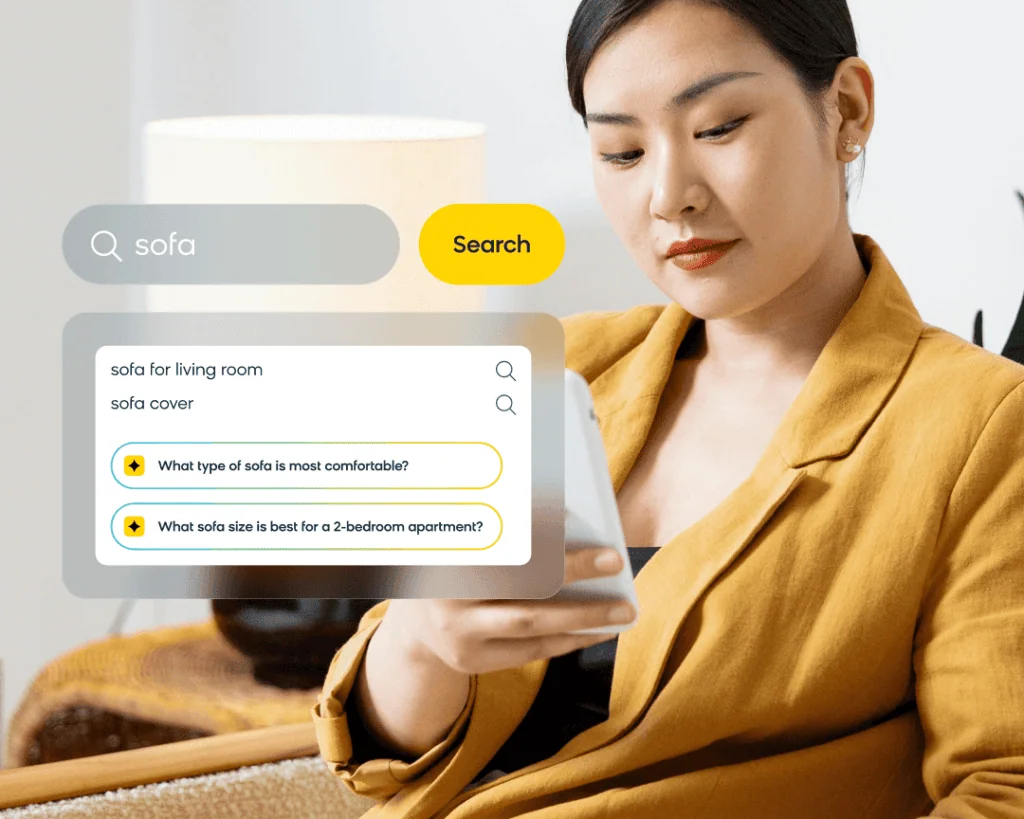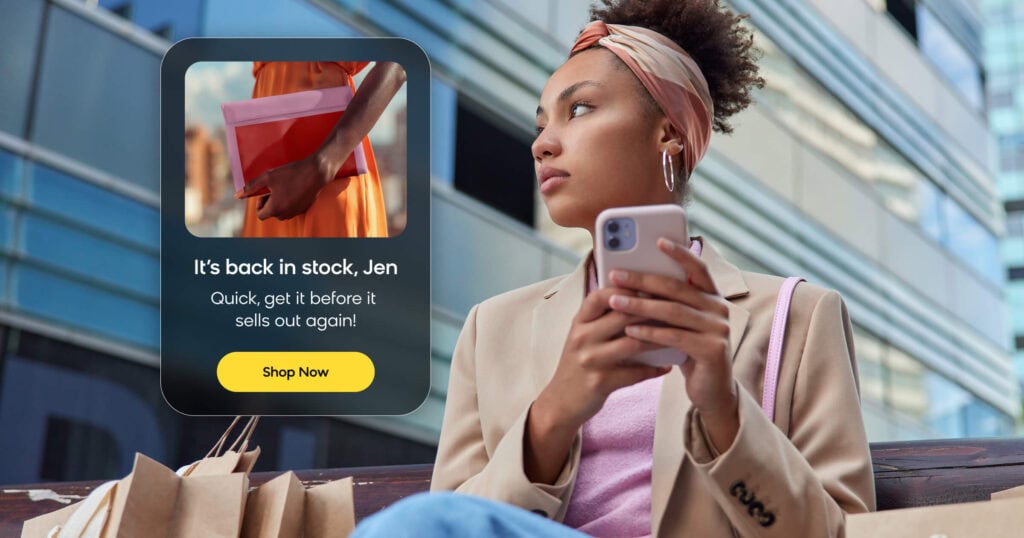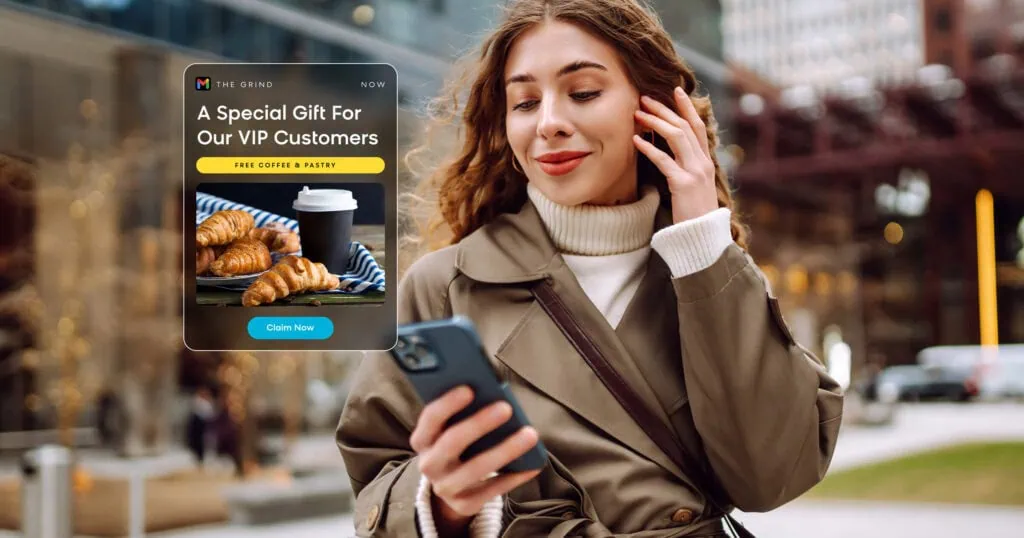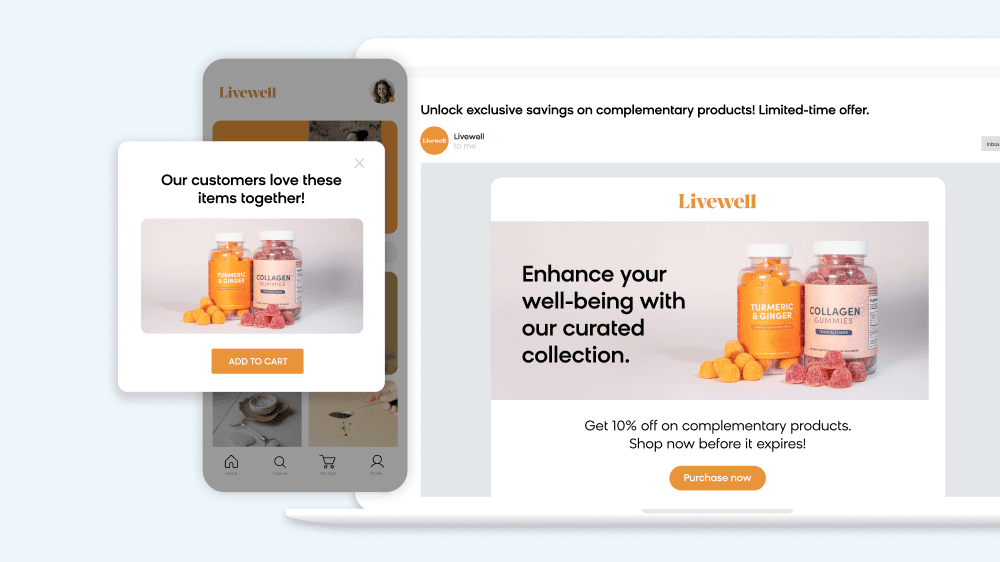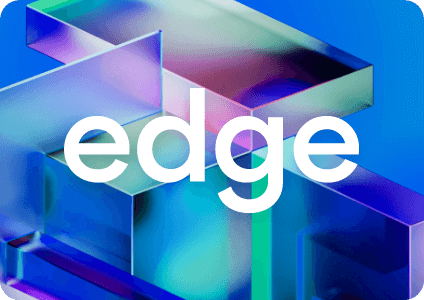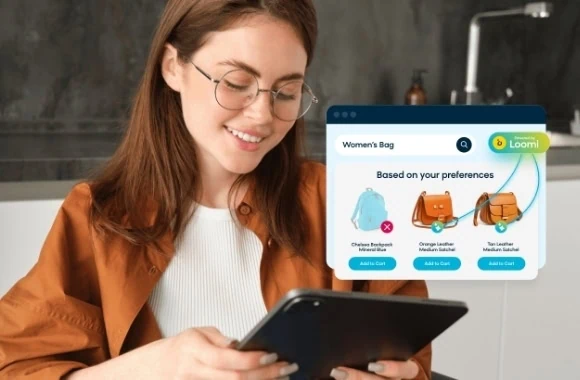It’s clear that people want conversational experiences when shopping — after all, we’ve already been seeing some incredible results with Bloomreach Clarity, our conversational AI shopping agent.
But the path to Clarity wasn’t always a straightforward one. When dealing with transformative technology, there’s always a fine balance to handle the evolution of user behaviors from what they are used to and where we want to take them. In this post, I’ll explore some of the challenges we tackled when developing Clarity and how we’re now reshaping the traditional product discovery experience on ecommerce sites.
The Challenges With Bringing Conversational AI to Product Discovery
In its initial state, we originally designed Bloomreach Clarity to be a product expert. This meant deploying it on product detail pages (PDPs) and product listing pages (PLPs) to answer questions. This was an easy-to-understand concept for brands — we were simply adding value with an agent that complemented the product discovery experience.
However, we always envisioned integrating Clarity within the traditional search experience as well. To do this, we first had to address a couple of obstacles in our path:
- We have customers using our highly tuned Discovery solution for their search engine as well as customers still using their existing search engine. While they want to leverage the GenAI conversational experience offered by Clarity, they also still want to keep the traditional search bar experience on their sites.
- We also wanted to avoid bifurcating the experience — if you have both a search bar and a separate chat window, people will naturally gravitate toward the search bar because that’s what they’re used to. How can we get people to use a conversational shopping agent without it feeling intrusive or out of place?
Integrating Search With Conversational AI
To tackle these challenges, we integrated Clarity with our search API to create an optimal experience for product discovery. In particular, we wanted to ensure that Clarity could leverage all of the benefits configured into the search engine (e.g., allowing the merchandiser to override our search algorithm to unload a specific product) and the analytics-driven ML algorithms that power RPV lift.
Clarity has a built-in understanding of the advanced properties in search that most users don’t typically use (such as using quotation marks for an exact search). Additionally, the LLM will extract categories (e.g., “dining chair” vs. “accent stool”), filter attributes (e.g., color, price, size), and sort attributes (e.g., a shopper sets a maximum price, so the LLM sorts results in ascending order).
Creating a Conversational Shopping Experience
We also needed to address the conversational user experience for search. If a shopper is speaking directly with Clarity (either via a chat window or through an embedded module), then Clarity will run a series of LLM calls to ensure its responses are accurate and relevant:
Pre-search: If the search query is too broad, Clarity will ask clarifying questions and provide some quick response buttons to get more information. For example, if a user simply types in “table,” Clarity can ask what kind of table the customer is looking for to better serve them.
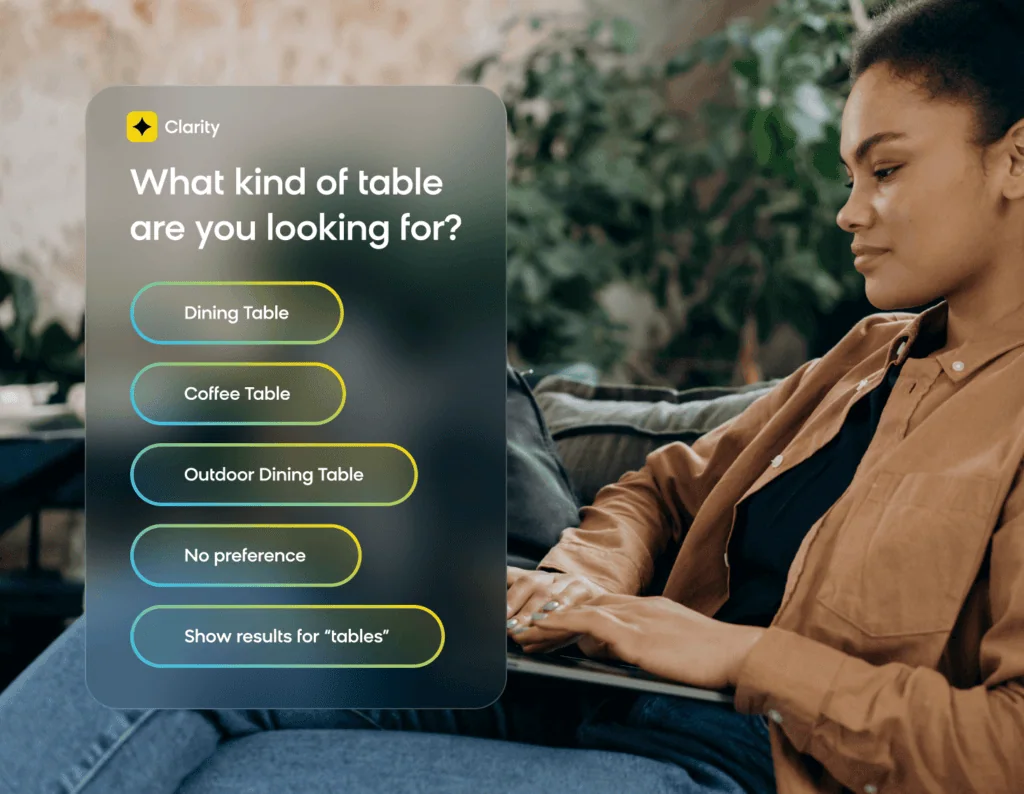
Search: Once Clarity determines that there is enough specificity in the query, it’ll generate a search API call to retrieve relevant products, using the advanced search properties and filters.
Post-search: Before showing products to the customer, Clarity will then perform a relevancy check to ensure the products are actually relevant to the query. For example, if the search query was for “brown cherry dining table under $400,” then Clarity will check that the products it retrieved match the color, material, type of table, and price range.
If the relevancy filter doesn’t return any results, we’ll make another LLM call to find results that are as close to those filters as possible. The LLM will then generate text to explain the results, ask follow-up questions, or make further suggestions.
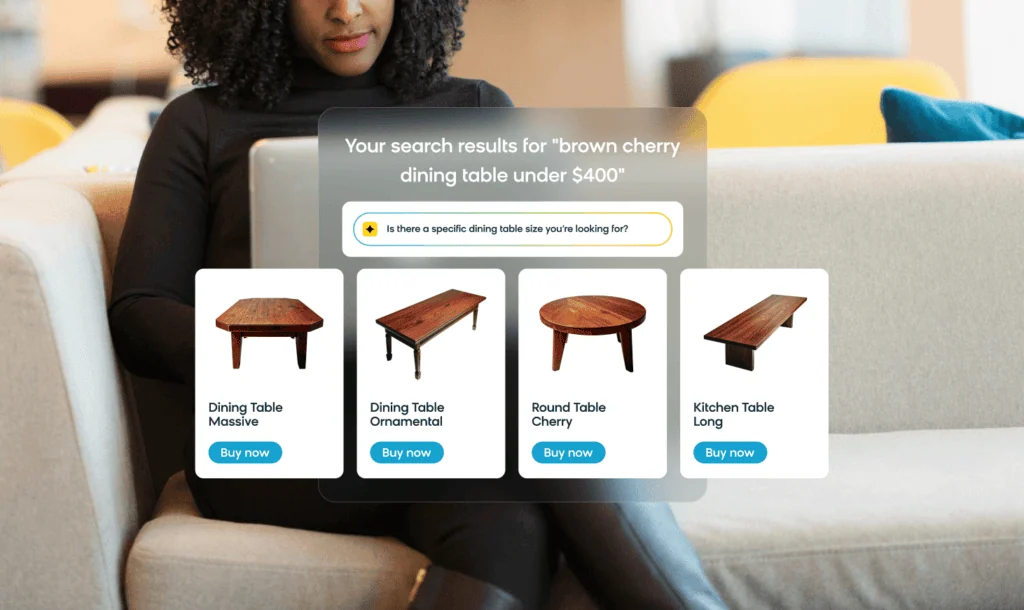
But what about shoppers who want to keep using the traditional search bar experience? We wanted to avoid having an intrusive chat window pop up too early while they were using the search bar, as that would break up the experience in an unintuitive way.
To address this, we created an integration where Clarity will generate questions as the user searches — kind of like an advanced autosuggest. So, if a shopper searches for “sofa,” in addition to the standard keyword autosuggestions (e.g., “sofa for living room,” “sofa cover,” etc.), Clarity will also generate relevant questions (e.g., “What type of sofa is most comfortable?” or “What sofa size is best for a 2-bedroom apartment?”).
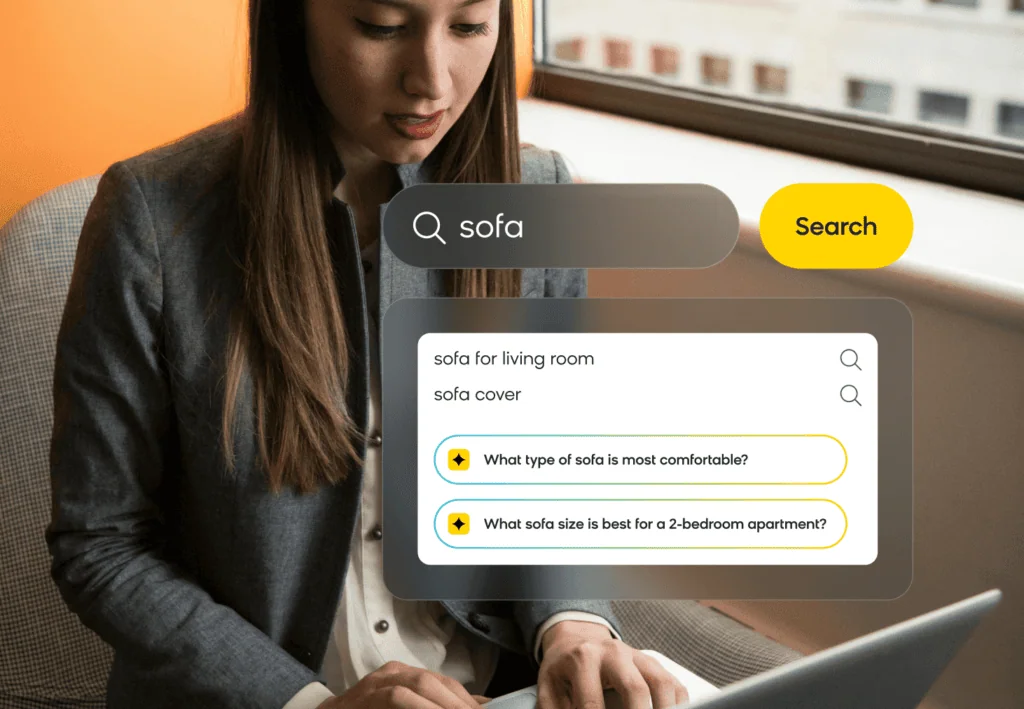
We are able to generate relevant questions by giving the query and product descriptions to an LLM to generate questions based on the following rules:
- Questions must relate to what a user might ask a shopping assistant when looking for the product specified in the search query
- Questions must contain the search query or its most significant part
- Questions cannot be related to discounts or promotions
Furthermore, Clarity will round the user’s input to the first query brought up by the search query suggester since this has the highest probability of matching their intended search. If a set of questions exists for the query, then Clarity will show them. This ensures that relevant questions will appear as soon as the user starts typing (even if it’s just a single character).
Once a person clicks on an auto-generated question, Clarity uses an LLM evaluator to determine if the retrieved answers are accurate before displaying them. From there, the shopper can either continue using the traditional search experience by filtering and browsing, or they can continue chatting with Clarity and asking follow-up questions.
Give Your Shoppers a Conversational Experience With Bloomreach
Consumers may not be quite ready yet to completely abandon the search bar, but that doesn’t mean you can’t give them a better experience with conversational shopping. With Clarity, you can bring conversational shopping to your shoppers when it makes sense for their habits, whether that’s a dedicated module for them to interact with or a subtle prompt within the search bar itself.
Ultimately, shoppers are already evolving the way they search and discover products, and you’ll need to evolve to match their preferences. Learn more about how a conversational shopping agent like Clarity can help you drive greater engagement and conversions across your site.

